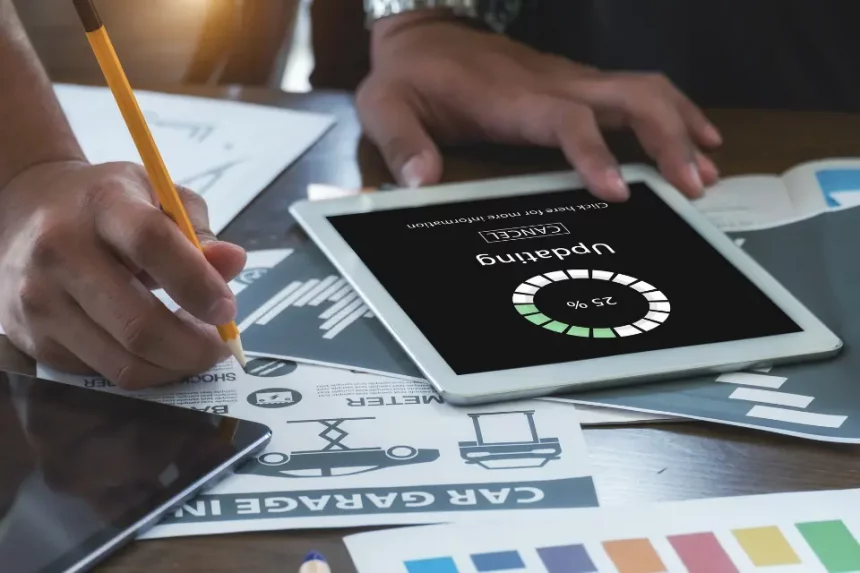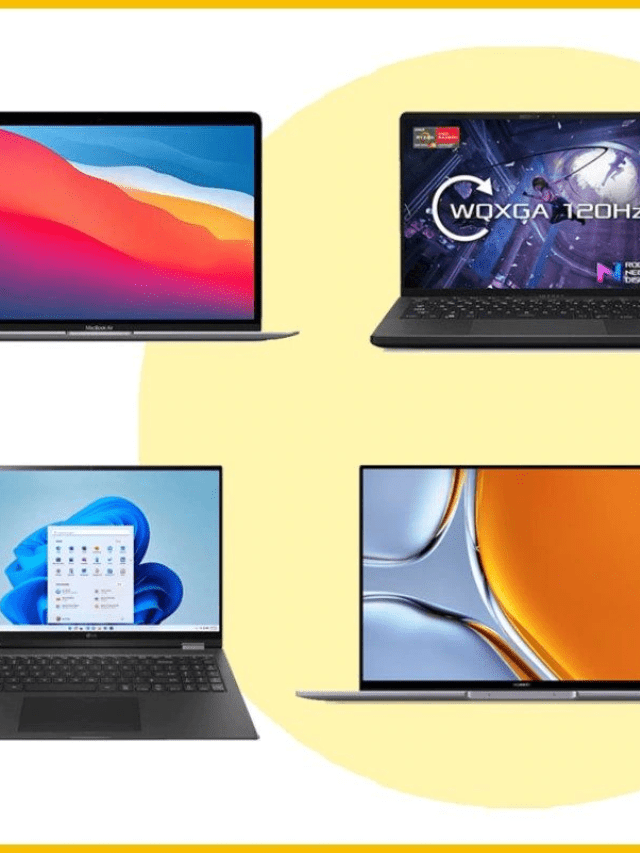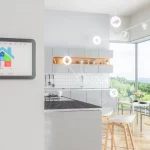In this digital age, technology is advancing faster than ever before, and nowhere is this more evident than in the emergence of smart devices. Smart devices are revolutionizing the way we live and work, providing us with unprecedented access to information, convenience, and efficiency.
With the help of these devices, we can now access the internet from almost anywhere in the world, communicate with people in any language, and automate tedious tasks. Smart devices are also increasingly being used in the workplace, helping to streamline processes, increase productivity, and reduce costs.
In short, smart devices are changing the way we live and work for the better, and the possibilities for further improvement are endless.
1. What are smart devices?
A device that is “smart” has the ability to connect directly to the internet, collect data, and send information in real time. That sounds like every computer and smartphone in the world, right? However, the term “smart device” refers to a specific type of technology that is designed to operate autonomously – meaning it can complete tasks without human intervention. The following are examples of smart devices. –
Smartphones – As well as being able to make calls, send texts, and connect to the internet, smartphones can now be used to manage calendars, stream music, take photos and videos, and store personal documents. –
Wearable devices – These are devices that can be worn, such as smartwatches, fitness trackers, and medical sensors. They can be helpful for people who have to manage their health, as well as those who are interested in fitness. – Robots – Robots are becoming increasingly common, and are used in manufacturing, healthcare, retail, and hospitality. Some robots can even be controlled by a smartphone.
2. Advantages of smart devices in daily life
– Improved health – Smart health devices can help people to manage their health, enabling them to track their exercise, diet, and medication. This can encourage people to stay healthy, as well as enabling doctors to monitor their patients’ progress more easily. –
Safety – Smart home devices can help to protect people from harm by detecting dangers such as water leaks, fires, and carbon monoxide. This can save lives, as well as protecting property. –
Convenience – Many smart home devices can be controlled remotely, so people can manage their heating and lighting while they are away from home. This can make daily life more convenient, as well as saving money on energy bills. –
Flexibility – Smart devices are designed to be flexible, so they can be used in a wide range of situations. This means people can use the device that best suits their needs, and can adapt as their needs change over time. –
Better communication – Smart devices can be used to connect people, helping them to stay in touch when they are apart. This can be especially useful for people who spend a lot of time traveling. –
Improved productivity – These devices can help people to be more productive, by providing them with the information they need to make better decisions. They can also help people to collaborate more effectively. –
Improved safety – Smart devices can be used to create safer environments, helping people to avoid accidents and emergencies. This can be especially useful for those who have limited mobility. – Better health care –
Health devices can be used to improve the accuracy of diagnoses, and can be used to monitor patients in hospitals and care homes.
3. How smart devices are transforming the workplace
– Changing the way we communicate – The way we communicate with colleagues is changing as more people use voice-activated devices like Alexa or Google Home, or workplace communication platforms that allow messages to be sent using voice or text. This can help teams to work more effectively together, and to communicate across different time zones. –
Increasing productivity – Using smart devices to automate tasks and collect data can help to increase productivity by removing the need for repetitive manual tasks, or by providing people with the information they need to make better decisions. –
Offering remote access to expertise – This is particularly useful in industries such as healthcare, where specialized expertise is needed. This can help to cut costs and to provide a higher standard of care by removing the need for people to travel to see specialists. –
Improved safety – Using smart devices to create safer environments can help to reduce the risk of accidents and injuries, especially in industries such as construction, mining, and oil and gas.
4. Challenges of using smart devices in the workplace
– Security and privacy – These devices collect data, which can be accessed by a wide range of people. Ensuring that this data is kept secure is therefore vital, and can be challenging. Many of these devices are also designed to be “always on”, which can put a strain on networks. This can be mitigated by implementing “buddy management systems”, which allow devices to turn off during peak hours.
5. Benefits of using smart devices in the workplace
– Improved customer service – By providing customers with accurate, real-time information, smart devices can help to improve customer service and user experience. This can help to drive business growth, and can also help to retain customers. –
Improved employee satisfaction – Using smart devices can help to make employees’ lives easier, which can reduce employee turnover and increase employee satisfaction. This can be particularly helpful in sectors with high employee turnover, such as retail, hospitality, and healthcare. –
Increased productivity – The use of smart devices can help to increase productivity in the workplace. This can boost profits and help to meet deadlines. –
Better decision-making – Smart devices can help to make better decisions by collecting data, analyzing it, and then providing recommendations. They can help to remove human error, as well as giving people more time to work on creative tasks. –
Protecting the environment – Using smart devices can help to reduce the amount of paper used, as well as the energy needed to power devices. This can protect the environment as well as save money.
6. Examples of smart devices in the workplace
– AI assistants – These virtual assistants are designed to help people to manage their workload and to stay organized. They can be used to schedule meetings, send emails, and set reminders, as well as having other useful features. –
Automation bots – These bots use artificial intelligence to help employees to process information and make decisions more quickly and accurately. They can be particularly useful in sectors such as healthcare, where lives can depend on accurate decision-making. –
Augmented reality (AR) tools – These virtual tools are designed to help people to visualize data in more creative ways, and to make better decisions. They can be used in a wide range of sectors, and can be particularly helpful in industries such as construction, retail, and healthcare. –
Robots – Robots can be used to automate repetitive tasks, or to complete tasks that are too dangerous or difficult for humans to do. They can be used in a wide range of sectors, and are particularly helpful in industries such as construction, mining, and oil and gas.
7. Benefits of integrating smart devices with other technologies
– Improved safety – Using smart devices to create safer environments can help to reduce the risk of accidents and emergencies. This can be particularly helpful in industries where there is high risk of injury or danger, such as mining, construction, and healthcare. –
Better communication – The increased use of voice-activated devices can help to improve communication. This can be particularly helpful in sectors such as hospitality, where communication is vital. –
More efficient operations – Using smart devices can help to streamline operations, helping to remove bottlenecks in processes, and enabling people to work more effectively. This can be helpful in all industries, but it can be particularly useful in sectors such as healthcare.
8. Future of smart devices
As technology advances, we will continue to see new and improved devices hit the market. This will enable us to do more with our devices, and will give us more ways to automate our daily lives. We will also see more collaboration between different types of technology, helping to drive further benefits.
With advances in technology, we will also be able to integrate smart devices with other emerging technologies, such as blockchain. This can help to solve some of the challenges posed by using smart devices, as well as providing us with new and exciting opportunities.

















